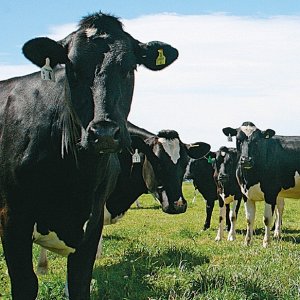As a LIC shareholder councillor he was privileged to be involved in the process of seeing the BW system evolve and have elements fully explained by the scientists identifying the purpose, principles and statistics that support the changes in BW.
Readers need to be reminded that the New Zealand dairy industry's breeding objective is to identify animals whose progeny will be the most efficient converters of feed into farmer profit. It is not about the protein to fat ratio. It is about the difference between the cow and the current 1995 base cow. The 7 BV values are the summary of complex feed and economic considerations.
For example if all parameters are held constant and a cow produces 1 kg more fat – then it will earn the farmer $1.76 more profit. Or if it produces 1 kg more protein - then it will earn the farmer $8.21 more profit. Do that for every BV and we will get the true difference in the BW of that cow and the base cow.
In summary, a cow with a BW of $200 will derive $200 more profit than the 1995 base cow during her lifetime and those of her daughters. The same applies to the sire. Therefore a dam with a BW of $100 and a sire of $200 should derive a daughter capable of producing a $150 profit more than the current average base cow.
There are numerous factors and calculations performed to derive the current 7 BVs. For instance; the Live Weight BV consolidates the feed cost to grow a calf foetus, grow the born calf to an in-calf heifer, the energy cost needed to gain her mature weight during her first lactation and maintenance throughout subsequent lactations.
In simple terms, it determines the amount of profit deliverable from a given amount of feed, the ubiquitous 4.5t dry matter. At that time the 1985 average cow would produce 174 kg fat, 133 kg protein generating revenue. Added to that is the revenue from bobby calves and her final cull value when she exits the herd.
In 1985 4.5t of DM at 10.5 MJME would have yielded 47,250 MJME needed to keep our cow alive [LW cost] for a season and derive income from milk, Protein$ + Fat$ +/- Volume charge$ + bobby calf$ + cull$ etc and generated about $1,200 of income. At that time the opportunity cost of 1 MJME was 2.5c. Put another way, 47,250 MJME produced 307 kg of MS or 14.6 kg DM/kg MS
Today, our average cow will produce 194 kg Fat, 154 kg Protein and 198 kg Lactose. At a $7.00 payout will generate $2443 income from milksolids.
Gerard van Beek
Whakatane (abridged)









